





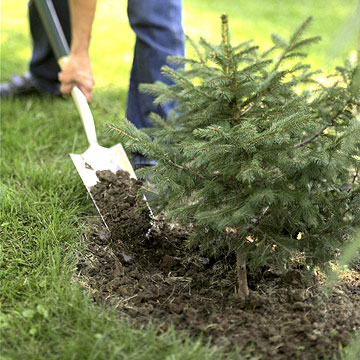
Garden centers often put perennials on clearance at the end of the season. Though the plants may look tired, they'll bounce back in spring. Annuals typically go on sale in early to midsummer and often put on good growth within a few weeks of planting.
Exception: Ornamental grasses. Buy young grasses early in the season and let them mature through the summer into the larger plants nurseries often sell at four times the cost.
Add value to your home with landscaping for curb appeal.
When you need to cover a lot of ground, select spreading plants. Whether it's a vine or creeping ground cover, spreaders fill voids in your garden. And they often look a lot better than mulch. (Just make sure they have room to roam without smothering their neighbors.)
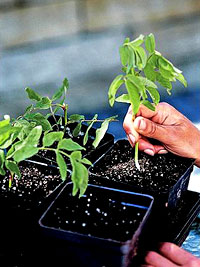
You can grow almost any plant for free from a cutting. And cuttings are a great way to grow lots of plants at once. Note: Different plants grow best from different types of cuttings. Do some research so you can have success by taking the right types cuttings in the proper season.

Save by growing younger specimens instead of spending hundreds of dollars for large trees. Bare-root seedlings may sell for as little as $5 from mail-order catalogs, which often offer a better selection than your local garden center.
To help your little trees grow fastest, mulch the trees to past where the outermost branches reach. Water deeply during the growing season to promote deep, sturdy roots. Fertilize annually in spring.
Keep an eye out for plants that look good during more than one season. Forsythia, for example, is gorgeous for a week or two in spring, but that's basically it. But Fothergilla offers white flowers in spring and gorgeous red and yellow fall foliage. Or, 'Rozanne' perennial geranium offers the similar flowers as 'Johnson's Blue', but blooms from early summer all the way to frost.
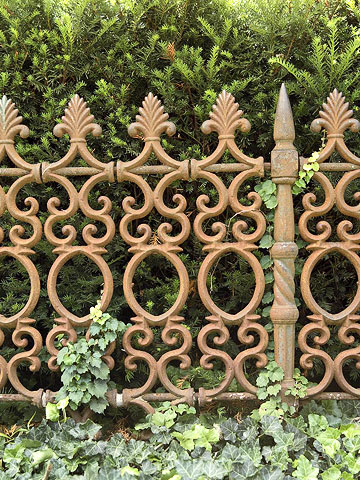
Look for beauty in aged materials. Old bricks from a demolished building, for example, instantly add charm to even the newest gardens. And it's fun to have a story behind many of these old items.
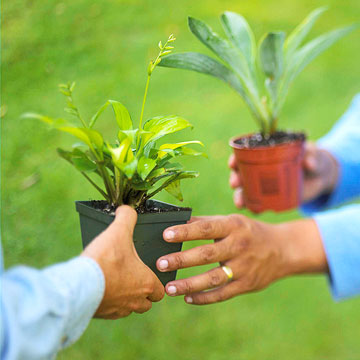
Gardeners are used to sharing tips and advice, but take it a step further and share stuff, too. For example, trade plants with friends, give leftover seeds away, borrow tools, team up with a neighbor when renting power equipment, or split the cost of a truckload of mulch with a buddy.
Many perennials, such as iris, daylily, and hosta do best when divided every few years. Instead of buying new plants, grow these divisions in new spots of your yard.
Growing annuals, biennials, and perennials from seed is a sure bet for saving cash. Self-seeding types that come back year after year on their own cost you even less over the long run. Some of the best reseeders include:
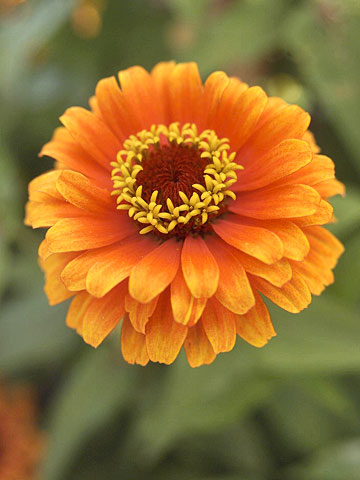
Plant flower and vegetable seeds that don't need a head start directly outside in the garden. That way you don't have to buy seed-starting materials such as soilless seed-starting mix.
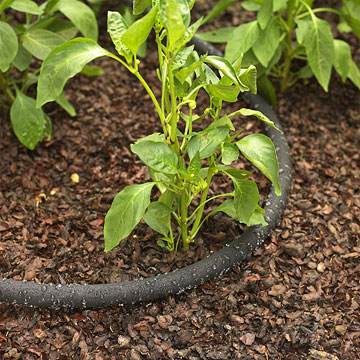
Save on your watering bills. For example, water in the cool morning hours to cut down on losses to evaporation, mulch the soil to keep it cool and moist, and use a soaker hose to deliver water directly to plant roots.
Also, see if you can have a separate meter installed for outdoor use; metered water for outdoor use is often charged at a lower rate because there's no sewer or reuse charge.
It may be hard to pass up a $7 shovel, but it pays to buy quality tools. Cheap shovels tend to break when you're digging in heavy clay or rocky soil; discount pruners often fall apart when used frequently. Get tools for the long run and you may never need to replace them. It's better than purchasing a new shovel every couple of years.
Feed your plants naturally and improve your soil with compost. For quickest results, use a tumbling composter. Or if you're patient, place your organic materials in a bin or even just a pile and let nature do the work.
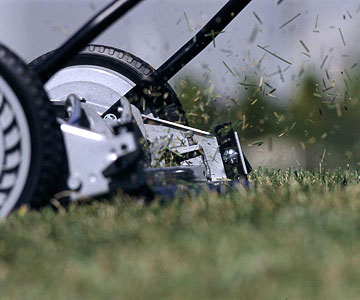
Don't bag or rake up grass clippings after you mow. When left on the ground, they'll decompose and add nutrients and organic matter to the lawn.
Exception: Don't leave clippings if you've let your grass go a little long between mowings. Too much clipped grass could smother your lawn.
Copyright © www.100flowers.win Botanic Garden All Rights Reserved